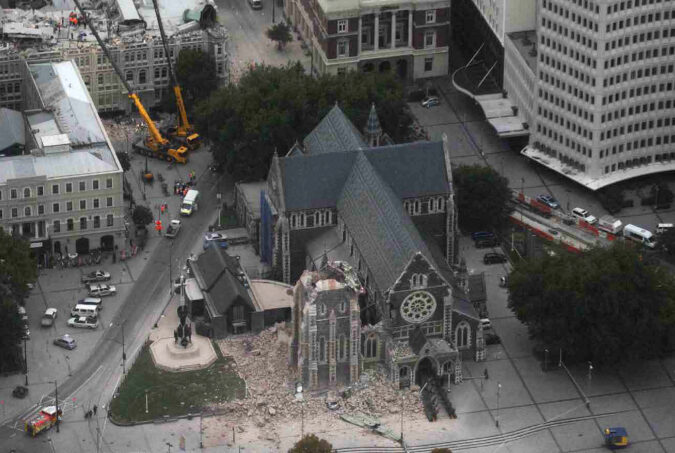The 6.2 magnitude earthquake that struck the centre of Christchurch on 22 February 2011 claimed 185 lives, damaged 80% of the central city beyond repair, and forced the abandonment of 6000 homes. It was the third costliest insurance event in history. The CEISMIC archive developed at the University of Canterbury will soon have collected almost 100,000 digital objects documenting the experiences of the people and communities affected by the earthquake, all of it available for study. The Internet can be hugely useful to coordinate disaster relief efforts, or to help rebuild affected communities. Paul Millar came to the OII on 21 May 2012 to discuss the CEISMIC archive project and the role of digital humanities after a major disaster (below). We talked to him afterwards. Ed: You have collected a huge amount of information about the earthquake and people’s experiences that would otherwise have been lost: how do you think it will be used? Paul: From the beginning I was determined to avoid being prescriptive about eventual uses. The secret of our success has been to stick to the principles of open data, open access and collaboration—the more content we can collect, the better chance future generations have to understand and draw conclusions from our experiences, behaviour and decisions. We have already assisted a number of research projects in public health, the social and physical sciences; even accounting. One of my colleagues reads balance sheets the way I read novels, and discovers all sorts of earthquake-related signs of cause and effect in them. I’d never have envisaged such a use for the archive. We have made our ontology is as detailed and flexible as possible in order to help with re-purposing of primary material: we currently use three layers of metadata—machine generated, human-curated and crowd sourced. We also intend to work more seriously on our GIS capabilities. Ed: How do you go about preserving this information during a period of…
The Internet can be hugely useful to coordinate disaster relief efforts, or to help rebuild affected communities.

